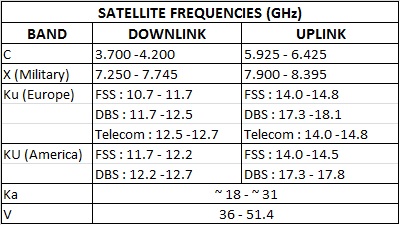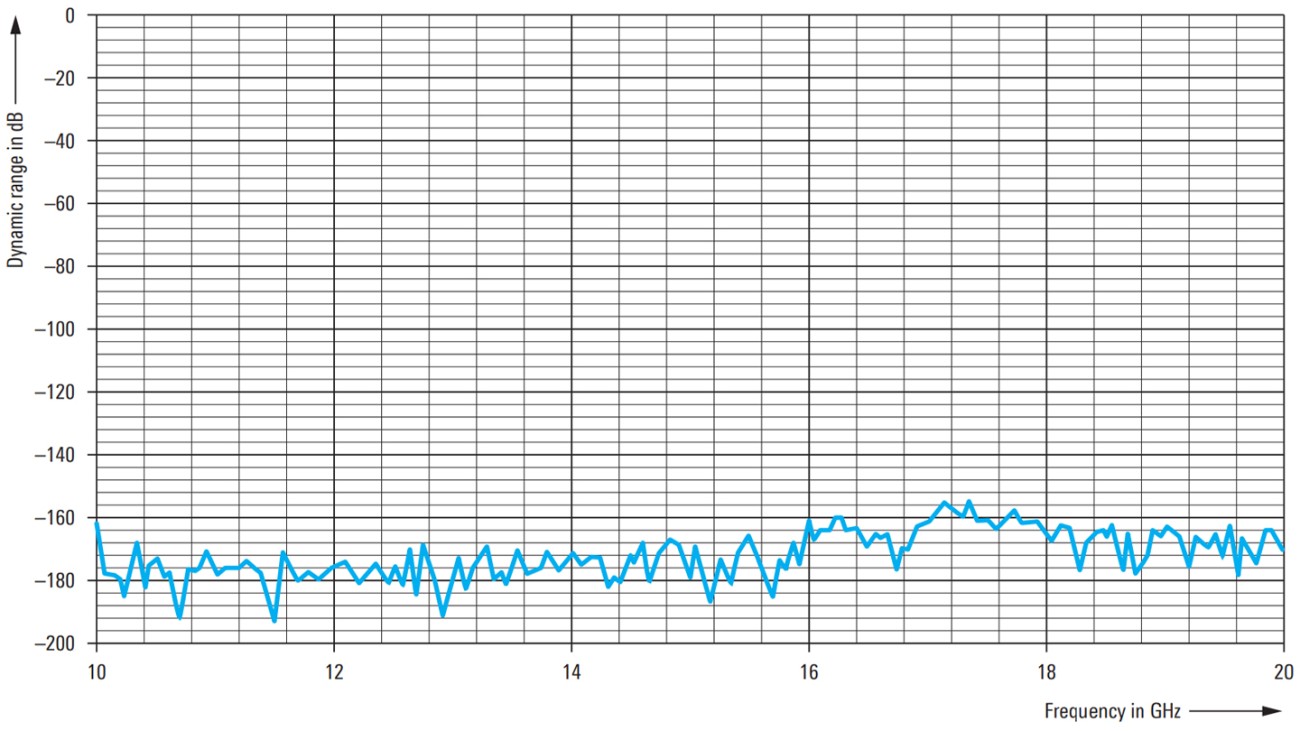

Similarly the difference of 2GHz is usually maintained in the case of GEO-Stationary Satellites.The same may not be tru in case of LEO Satellites.

Can you explain this answer? theory, EduRev gives you anĪmple number of questions to practice For Ku band of satellite communication, the uplink and downlink frequencies (in GHz) used for communication are:a)4, 6b)6, 4c)11, 14d)14, 11Correct answer is option 'D'. uplink and downlink frequency TX-IF70 MHz is usually the case with satellite communication but not always.It depends on the type of satellite and the type of multiplexing used. For C band up link frequency is in the order of. Frequency allocation for the downlink in the US is from 3.7 GHz to 4.2 GHz and in Europe from 3.4 GHz to 4.2 GHz. Can you explain this answer? has been provided alongside types of For Ku band of satellite communication, the uplink and downlink frequencies (in GHz) used for communication are:a)4, 6b)6, 4c)11, 14d)14, 11Correct answer is option 'D'. Down Link frequency Down link frequency is frequency at which satellite is communicating with ground station. band-efficient downlink seems critical at any frequency. Can you explain this answer?, a detailed solution for For Ku band of satellite communication, the uplink and downlink frequencies (in GHz) used for communication are:a)4, 6b)6, 4c)11, 14d)14, 11Correct answer is option 'D'. A compact 64APSK X band transmitter for small satellites with maximum 538 Mbps, mass of 1.3 kg. Too close togethet and they will interfere with each other. Besides giving the explanation ofįor Ku band of satellite communication, the uplink and downlink frequencies (in GHz) used for communication are:a)4, 6b)6, 4c)11, 14d)14, 11Correct answer is option 'D'. Uplink and downlink frequencies are separated in the bandwidth to maintain signal integrity. Can you explain this answer? defined & explained in the simplest way possible. Here you can find the meaning of For Ku band of satellite communication, the uplink and downlink frequencies (in GHz) used for communication are:a)4, 6b)6, 4c)11, 14d)14, 11Correct answer is option 'D'.


 0 kommentar(er)
0 kommentar(er)
